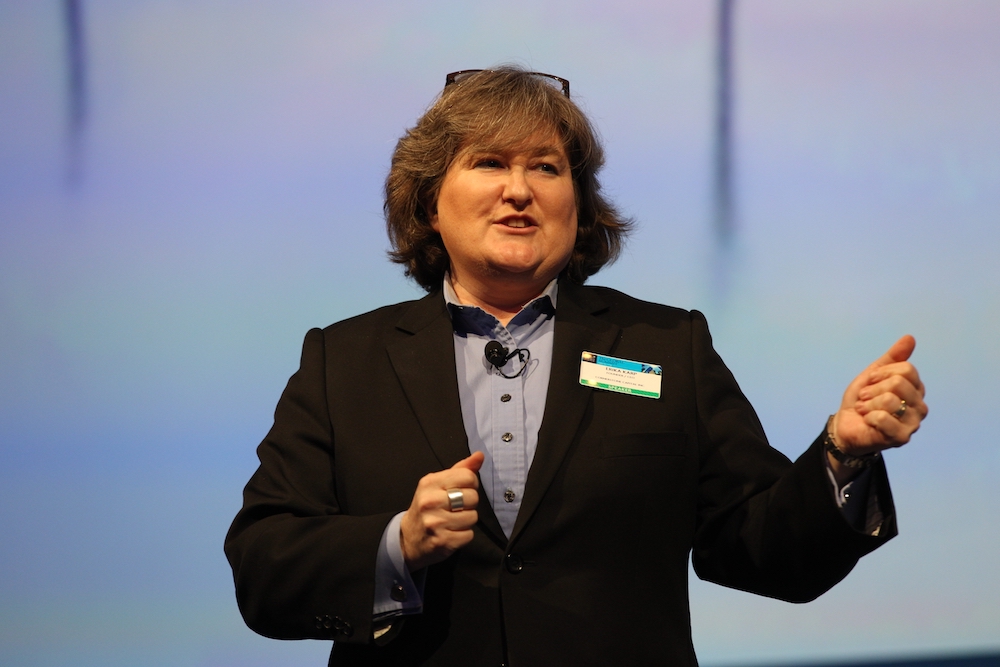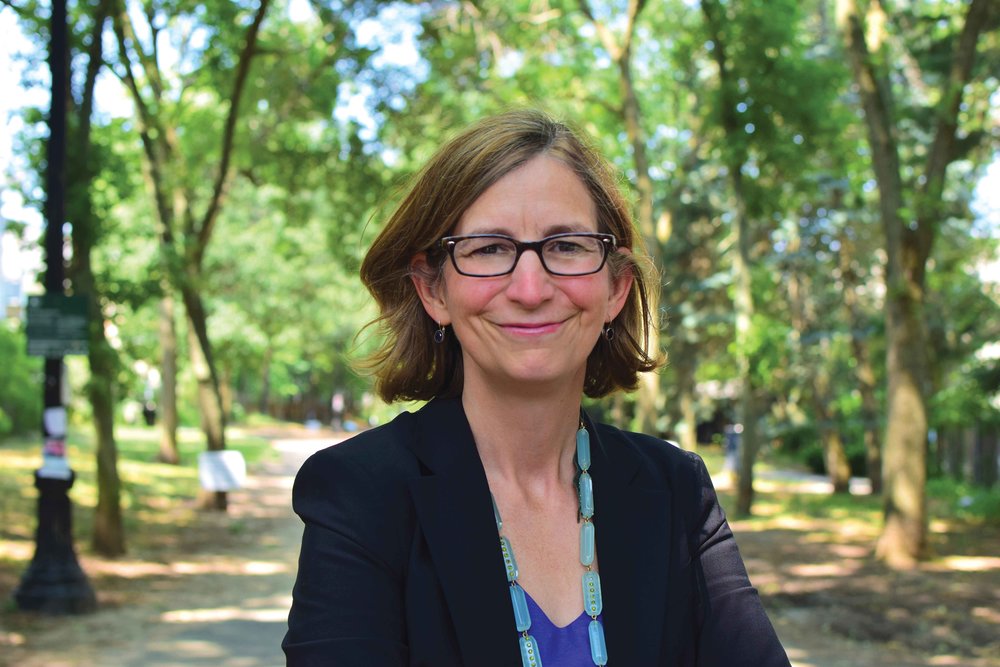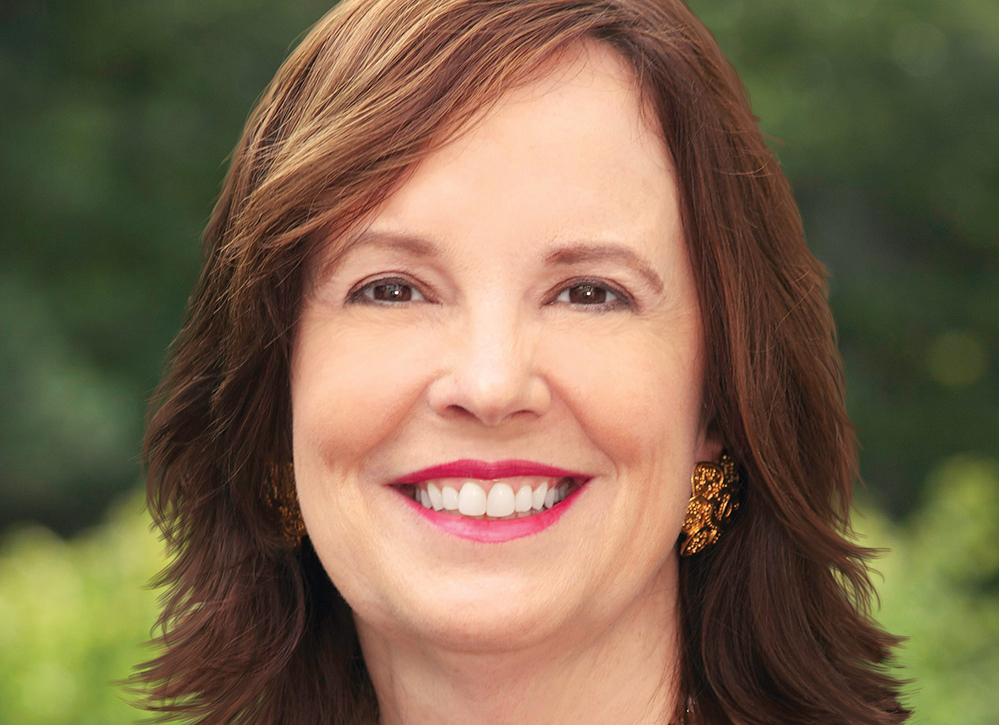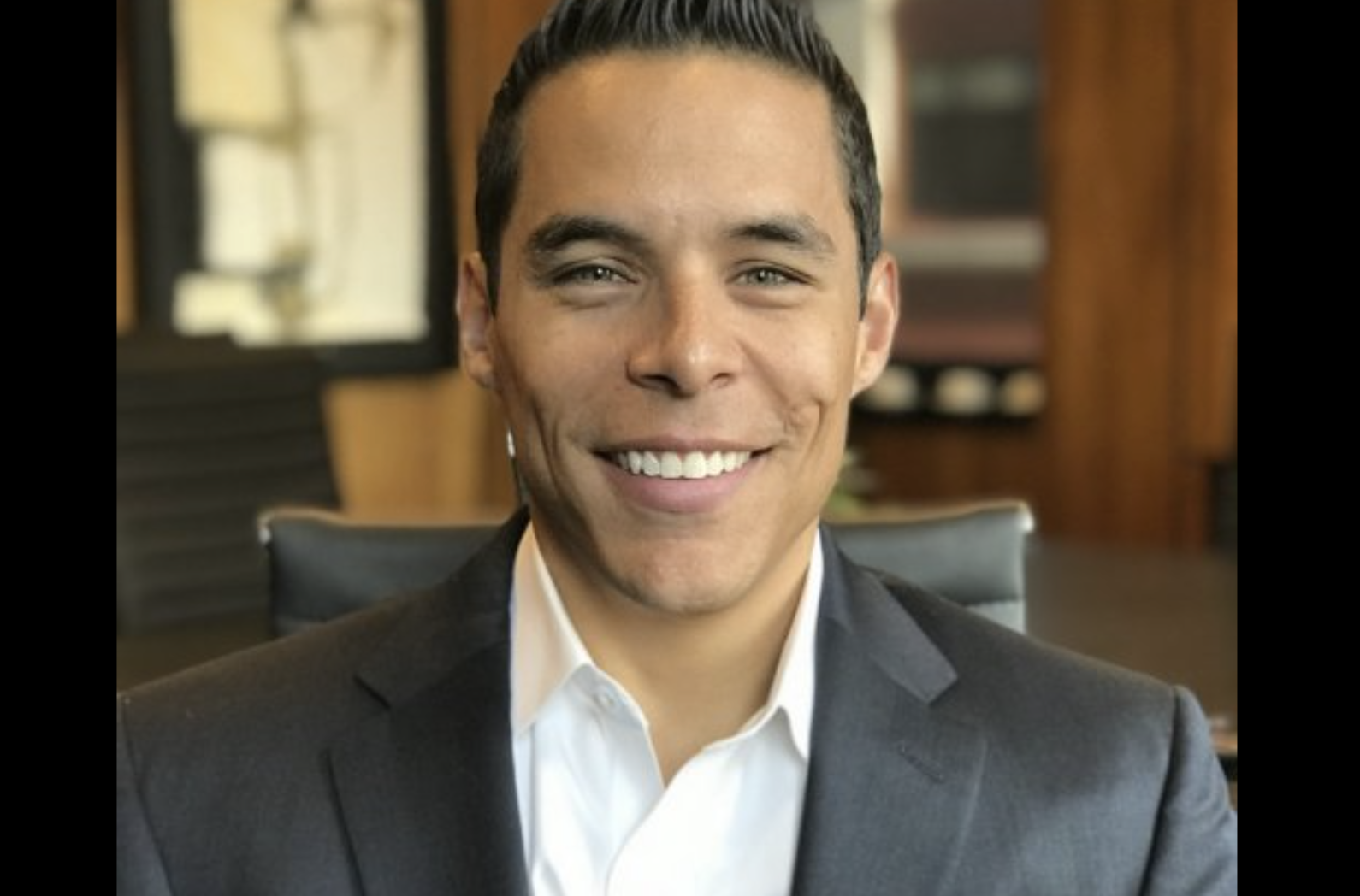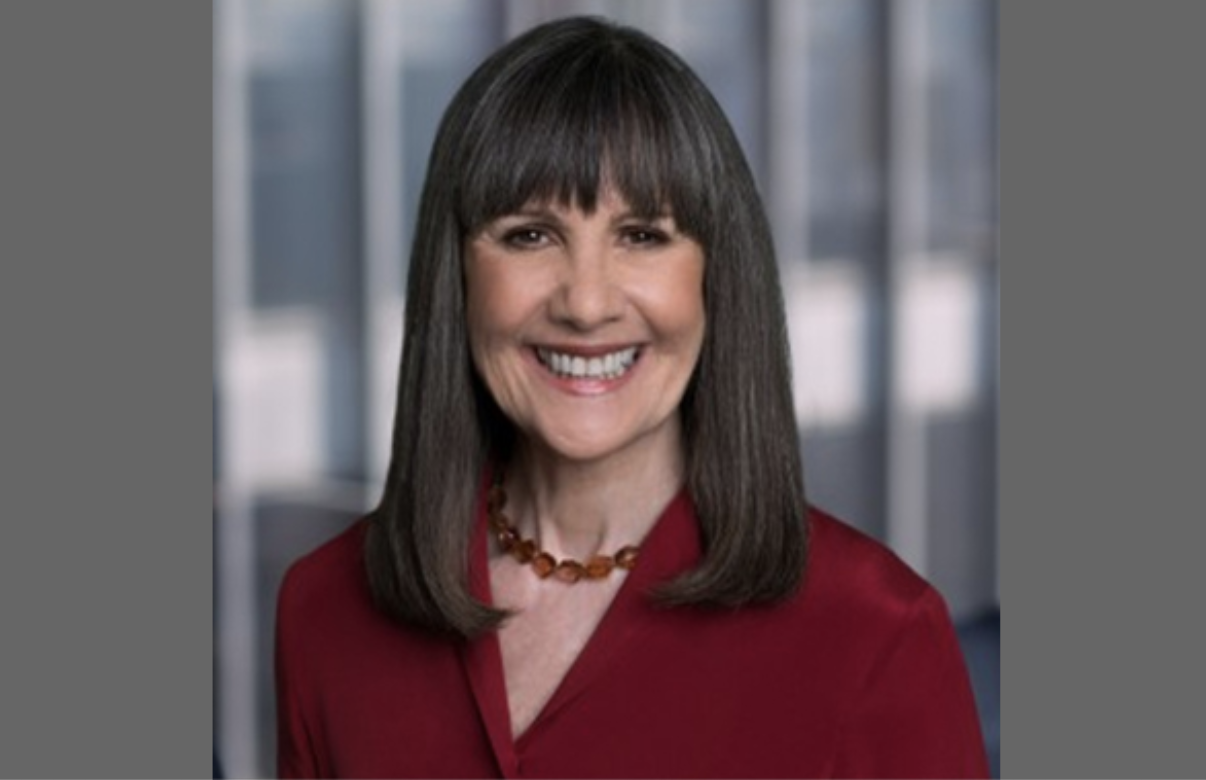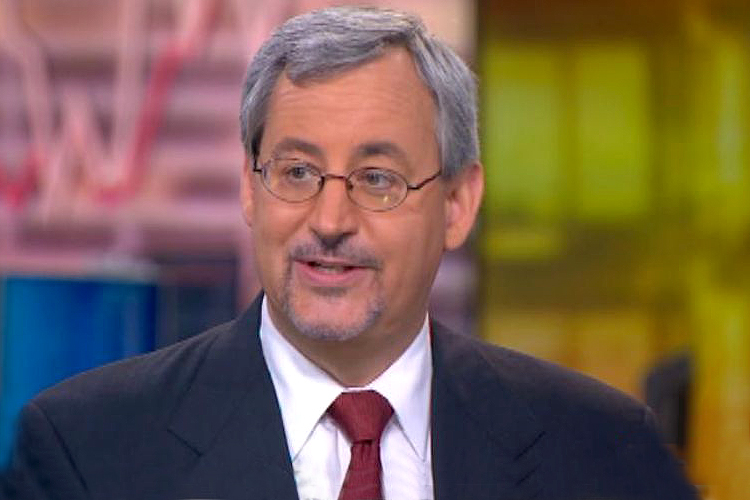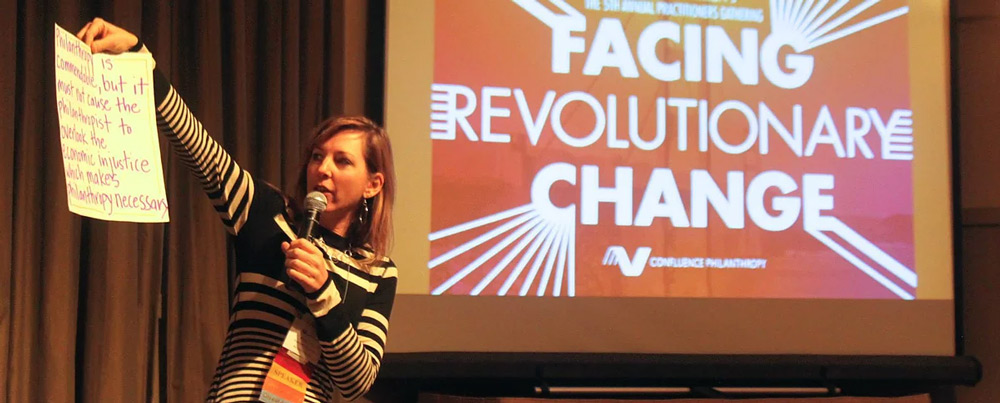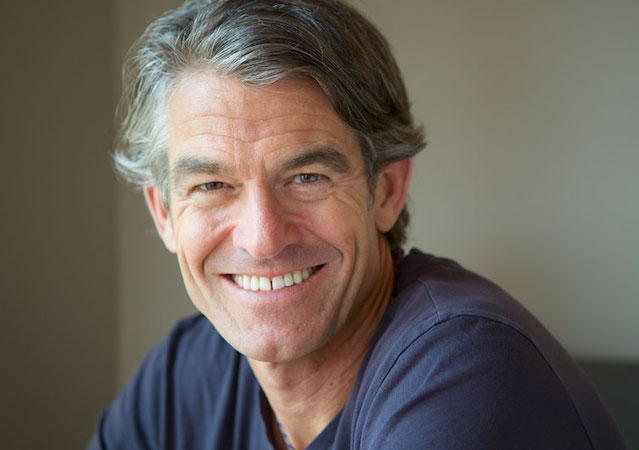It feels like a hundred years ago that I first walked onto the vast trading floor of one of the world’s largest global investment banks. All I could think was, “Cool.” I was enthralled by the energy and intensity. There seemed to be important work being done and new insights being shared as salespeople, traders, and analysts moved the capital markets.
Back then, as a new associate in the institutional equities business, I couldn’t possibly have known the path that I would ultimately take. And over the past thirty years, I have felt fortunate to move past the naïve view of “Cool.” I have felt inspired to remain a believer in capitalism. But I have also become a more and more fierce advocate for reimagining capital markets to offer a more regenerative and inclusive form of economic growth. I believe that with intentional and effective stewardship, transparency, and collaboration, as well as acknowledgement of its inherent flaws, capitalism can still be transformed to create great benefit for people and our planet. It could actually become principled and aligned with the poetry of human nature.
Beth Bafford: Making my money work for my kids and their future
And so my path began to diverge. I begin to think more about humanity and poetry. The latter is rather difficult to define. Traditionally, the term refers to literary works with distinctive style and rhythm that somehow evoke intense emotion. Therefore, what is considered to be poetry is as varied as the people who read it. To me, Adam Smith’s The Wealth of Nations is poetry. This work—the first reading for many students in the history of economic thought—fuses the wisdom of human psychology and economics into a cohesive vision for the potential of capitalism. Smith pointed out the degree to which human beings have an exquisite interest in the circumstances of others. It is beautiful and poetic, particularly in times of severe economic and geopolitical turmoil. As with capitalism more broadly, Smith’s writings and wisdom have been distorted so that the desires of the few have overtaken the needs of the many. Here is where poetry becomes grotesque.
Road less traveled
So, circling back to the aspirational, I would suggest that the discipline of “sustainable investing” is also poetry. Considering the definition of poetry noted above, I’m reminded of The Road Not Taken, written by Robert Frost in 1915. Just as Frost urged us to wonder what would have happened had we chosen an alternate direction, investors and analysts should consider what would happen if they, too, took a different path for the capital markets and started asking the world’s business leaders different questions.
What if, on Wall Street conference calls, instead of inquiring about the most recent quarterly earnings report and stock-price volatility, analysts asked longer-term questions about the material impact of the effective utilization of scarce resources, efforts toward better labor relations and employee engagement, and practices of good corporate governance?
What if incentivization programs within investment banks, asset management groups, and wealth management companies, as well as all the other components of the capital-markets ecosystem, were all aligned toward optimizing long-term performance outcomes? What if those in any role of authority had the courage and conviction to hold accountable, from top to bottom, those employed toward stewarding the world’s financial capital?
To me, this change in the course of investment inquiry would be poetry. This would be the road less traveled. This road could be the path for the future of capitalism. This path could be the poetry of the most powerful system for raising the world’s standard of living that history has ever known.
As I work toward this vision of profit with purpose, I still need to think about some very traditional things in my own investment portfolio, such as risk appetite, time frames, and liquidity needs (especially given my three daughters under eighteen living in Manhattan!).
Risk-return-impact profile
For much of my life, my asset allocation strategy was relatively standard in terms of liquid exposure in public equities (65%), fixed income (20%), some private equity (10%), and a few angel investments in private companies (<5%). My home was my single most substantial investment. But, in reality, I never really considered it an investment. It was where I lived and raised my family.
There was also a period when I was an active day trader. And another where I got involved in derivatives, commodities, and currencies. In hindsight, those were excellent learning grounds, but they took more effort than they were worth. And it certainly didn’t feel as though I was truly creating value. Over time, I began to deeply understand that the investment strategy with which I am most comfortable and most successful is sustainable investing.
My allocations have naturally changed over time. But my principles have not. I think of systematically integrating material ESG factors into the analysis of revenues, costs, and risk while paying attention to values alignment. I fuse the macro with the micro, the sectoral with the structural, the strategic with the tactical, the thematic with the pragmatic. It’s all about sorting through complexity and accelerating positive change through systems thinking. I see good governance as a proxy for quality, for innovation, for productivity, and for resilience.
And now, I seek out expert managers whose processes and intellect I respect and trust. I can do that while, at the same time, deploying an asset allocation that is consistent with my evolving needs around issues of liquidity and risk tolerance. Another core part of my investment process is to seek out women-led firms and funds. As a female entrepreneur with my life and wealth primarily tied up in my company, I take particular pride and pleasure in investing with some of the smartest women I know.
Impact allocations
First, I have a significant allocation to Cornerstone’s own fund, the Cornerstone Capital Access Impact Fund (CCIIX). This long-only global equity mutual fund provides liquid, low-minimum access to sophisticated strategies managed by experienced managers. We created this fund to provide access to impact strategies for a broad investor base, an audience where we perceived a gap in the market.
I also invest in the Next Wave Impact Fund run by Alicia Robb. Next Wave is all about increasing diversity, inclusion, and impact from investing in conjunction with an entrepreneurial ecosystem. Like me, Alicia’s team deeply values innovation and learning.
Shally Shanker’s AiiM Partners Fund is another one of my favorite investments, given that she’s focused it on solving complex social and environmental issues, with a focus on oceans and how they affect and are affected by land/agriculture and air/energy. Bringing together an exceptionally seasoned team allows for strong investment results alongside societal benefits for millions. Serious impact.
Another investment I’ve made is with Linda Zheng’s Purview Investments. It’s no easy feat to create a global multi-strategy quantitative ESG integrated solution. Linda’s unique background gives her that capability. Another I’m excited about is Future Perfect Ventures, run by Jalak Jobanputra. Their tagline is “Investing in the future today.” I love that. When I need a lesson on blockchain, artificial intelligence, machine learning, or tech-enabled connectivity, I call Jalak.
And, finally, a portfolio manager whom I have known for 25 years is Cathie Wood, who founded and runs Ark Investment Management. Cathie is simply extraordinary in her ability to stick with her convictions even in the very worst of times. It’s because her ideas are about the huge issues of our day, like financial technology, personalized medicine, and energy storage. Her deep, incisive, and penetrating research is all about innovation and disruption. Cathie is the rare portfolio manager to whom I will hand my assets and get a good night’s sleep.
Lastly, I will add that some of my views may not be typical of all investors. I actually do not see my home as an investment; I see it as my home. I do not see college for my children as an expense; I see it as an investment. I do not see a day trade as an investment; I see it as a bet. I do not see gold as an investment; I see it as a store of value or a medium of exchange. So, while I may not be the average investor, I do have my discipline. And I often take the road less traveled…
Erika Karp is founder and CEO of Cornerstone Capital.
Thanks to Confluence Philanthropy for sharing Karp’s post.
You should carefully consider the investment objectives, risks, and charges and expenses of the fund before investing. The prospectus contains this and other information about the fund, and it should be read carefully before investing. You may obtain a copy of the prospectus by calling 800.986.6187. The fund is distributed by Ultimus Fund Distributors, LLC. Cornerstone Capital Group is the adviser to the fund. Investing involves risk, including loss of principal. Applying ESG and sustainability criteria to the investment process may exclude securities of certain issuers for both investment and non-investment reasons, and therefore the fund may forgo some market opportunities available to funds that do not use ESG or sustainability criteria. Securities of companies with certain focused ESG practices may shift into and out of favor depending on market and economic conditions, and the fund’s performance may at times be better or worse than the performance of funds that do not use ESG or sustainability criteria. The top ten holdings of CCIIX are: Square, Inc. (3.27%), Amazon.com, Inc. (1.88%), Apple, Inc. (1.76%), Kurita Water Industries Ltd. (1.67%), United Utilities Group PLC (1.50%), Tencent Holdings Ltd. ADR (1.42%), MercadoLibre, Inc. (1.28%), Alibaba Group Holding Ltd. (1.26%), Danaher Corp. (1.25%), and Zillow Group, Inc. (1.23%).



